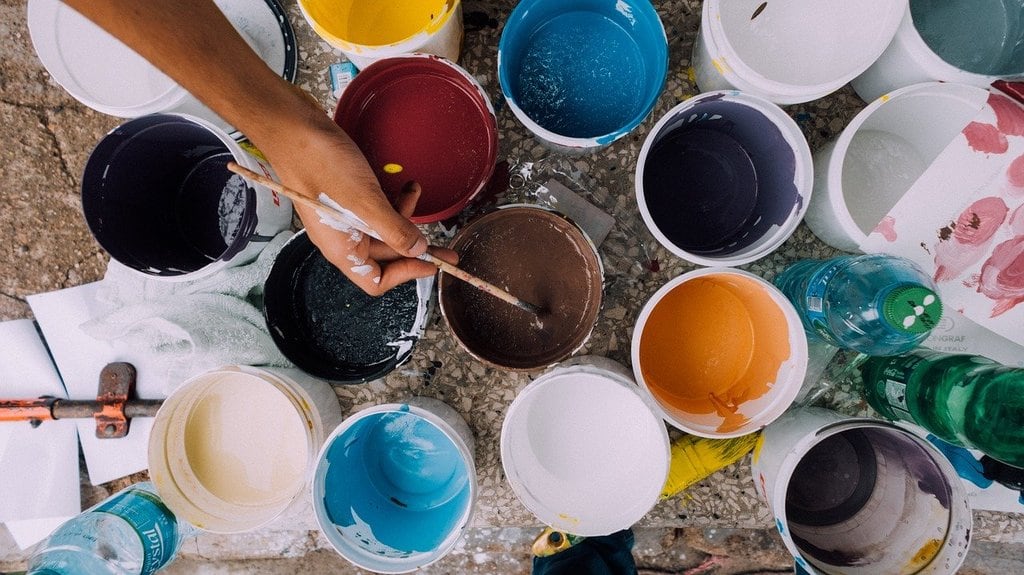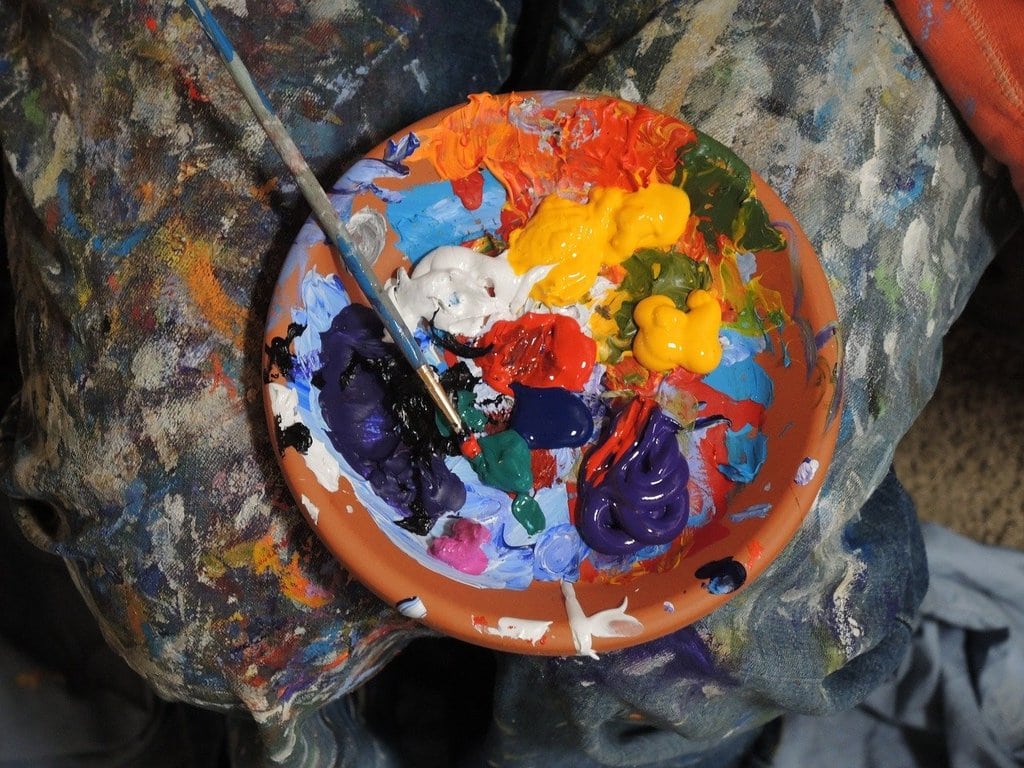Educational methods for promoting creativity
Promoting creativity in educational settings requires thoughtful strategies that go beyond traditional teaching methods. Encouraging students to think outside the box and develop their imaginative capabilities is essential for fostering a generation that can tackle complex problems and innovate across various fields. This approach demands a combination of structured activities and open-ended exploration, allowing learners to experiment, reflect, and grow. The following sections delve into effective educational methods for nurturing creativity.
Effective Strategies for Promoting Creativity in Education
Developing creativity among students involves employing diverse teaching strategies that inspire original thinking and problem-solving. These methods should encourage learners to challenge norms, explore new perspectives, and develop unique solutions. An effective creative education program is characterized by flexibility, openness, and a supportive environment where students feel safe to express their ideas.
One of the key aspects of fostering creativity is to create a classroom culture that values curiosity and inquiry. When students are encouraged to ask questions and pursue their interests, they become more engaged in their learning process. This engagement is the foundation upon which creative thinking is built. Implementing a variety of activities, such as brainstorming sessions, creative writing exercises, and project-based learning, can significantly enhance students’ ability to think creatively.

Incorporating Problem-Based Learning
Problem-based learning (PBL) is an educational method that promotes creativity by challenging students to solve real-world problems through research and collaboration. This approach encourages learners to develop critical thinking skills, as they must navigate complex issues without predefined answers. In a PBL environment, students work in groups to explore various solutions, test their ideas, and learn from the outcomes. This process not only stimulates creative thinking but also helps students build resilience and adaptability.
To effectively implement PBL, educators can design scenarios that are relevant to the students’ interests or current events. By doing so, the learning experience becomes more meaningful and engaging. It is also beneficial to provide opportunities for students to reflect on their learning process, as this encourages deeper understanding and insight into their creative journey.
Using Art and Music to Stimulate Creativity
Integrating art and music into the curriculum is another powerful way to foster creativity. These disciplines naturally promote creative expression and can be used to enhance learning in other subjects. For instance, students can create visual art projects that represent concepts from science or history, or write songs that explore themes in literature.
Encouraging students to engage with art and music allows them to express their thoughts and emotions in new ways, leading to unique insights and ideas. It also helps develop skills such as observation, empathy, and interpretation, which are essential for creative problem-solving.
Encouraging Divergent Thinking
Divergent thinking is the ability to generate multiple solutions to a single problem. This type of thinking is a cornerstone of creativity and can be encouraged through various classroom activities. One effective method is to use open-ended questions and assignments that do not have one right answer. For example, instead of asking students to write an essay on a specific topic, they could be asked to write a story, create a poster, or produce a video that communicates their understanding of the subject.
Another strategy is to use brainstorming sessions, where students are encouraged to share as many ideas as possible without judgment. This helps create a safe environment for experimentation and encourages students to take creative risks.
Practical Tips for Nurturing Creativity in Students
Creating a classroom environment that supports creativity requires intentional actions and thoughtful planning. Here are some practical tips for educators looking to foster creativity :
- Provide Choice: allowing students to choose their projects or assignments gives them a sense of ownership over their learning and encourages them to think creatively about how to approach their work.
- Encourage Collaboration: group activities and peer reviews can expose students to different perspectives and ideas, helping them refine their own creative processes.
- Celebrate Mistakes: emphasize that mistakes are part of the learning process and can lead to new discoveries. This helps reduce fear of failure and encourages risk-taking.
- Create a Stimulating Environment: use diverse materials, such as books, art supplies, and technology, to inspire students and provide them with tools for creative expression.
- Incorporate Play: use games and playful activities to relax students and get them thinking creatively. Playfulness can often lead to unexpected insights and ideas.
Balancing Structure and Freedom
Striking the right balance between structure and freedom is essential for promoting creativity. While too much structure can stifle creativity, too little can leave students feeling lost and unproductive. The ideal approach involves setting clear goals and expectations while allowing flexibility in how students achieve them.
For example, a teacher might assign a project with specific learning objectives but allow students to choose their topic, format, and method of presentation. This combination of guidance and autonomy helps students develop creative thinking skills while still meeting educational standards.
Promoting a Growth Mindset
A growth mindset is the belief that abilities and intelligence can be developed through dedication and hard work. This mindset is fundamental to creativity, as it encourages students to embrace challenges and view failures as opportunities for growth. Educators can promote a growth mindset by praising effort rather than innate talent and by encouraging students to set personal goals and reflect on their progress.
Creating an environment where students feel empowered to take risks and learn from their experiences is key to nurturing creativity. By combining these educational methods, teachers can inspire students to become creative thinkers and lifelong learners.
